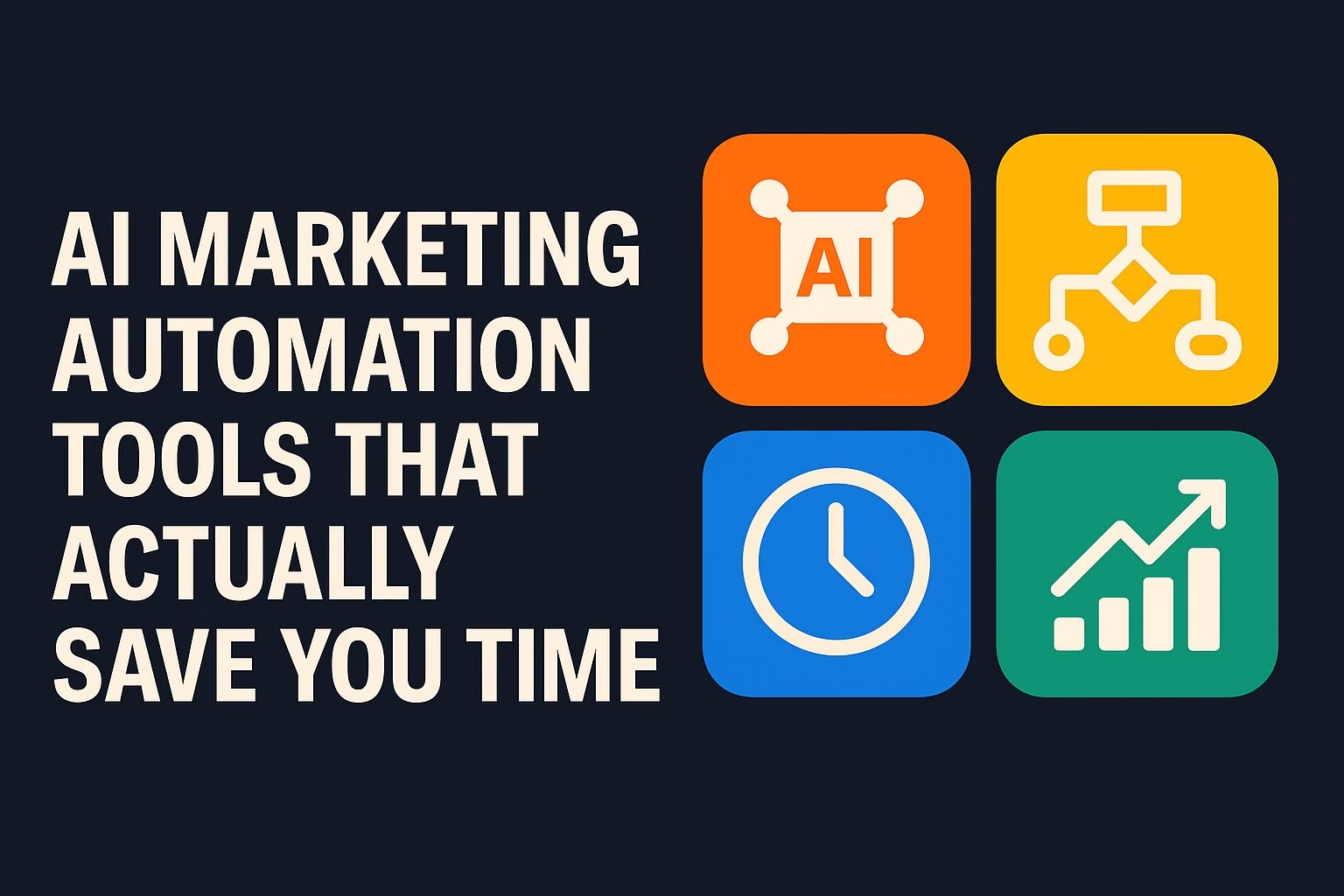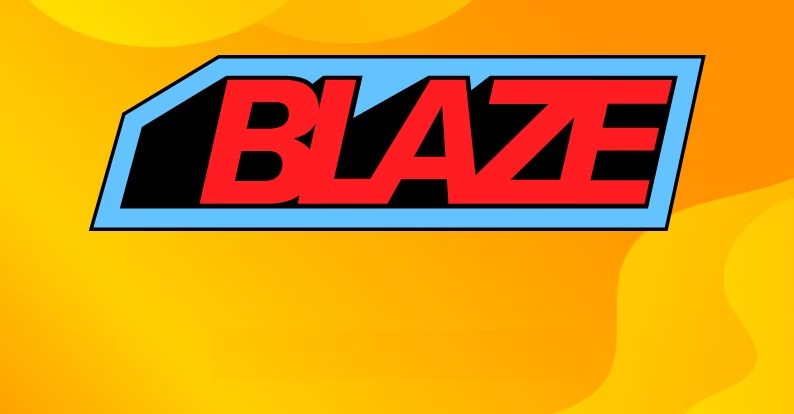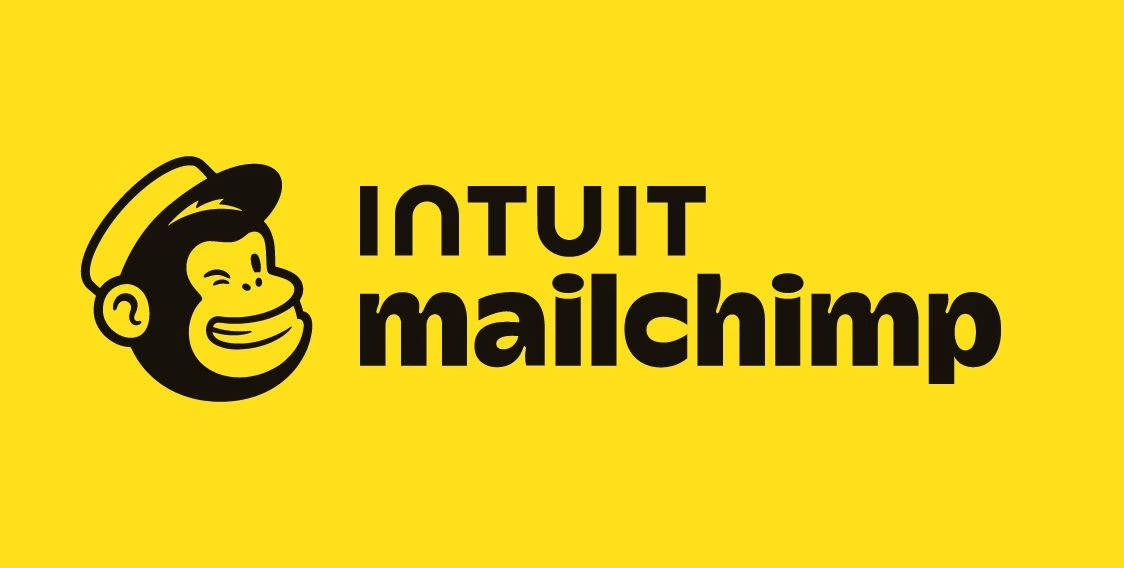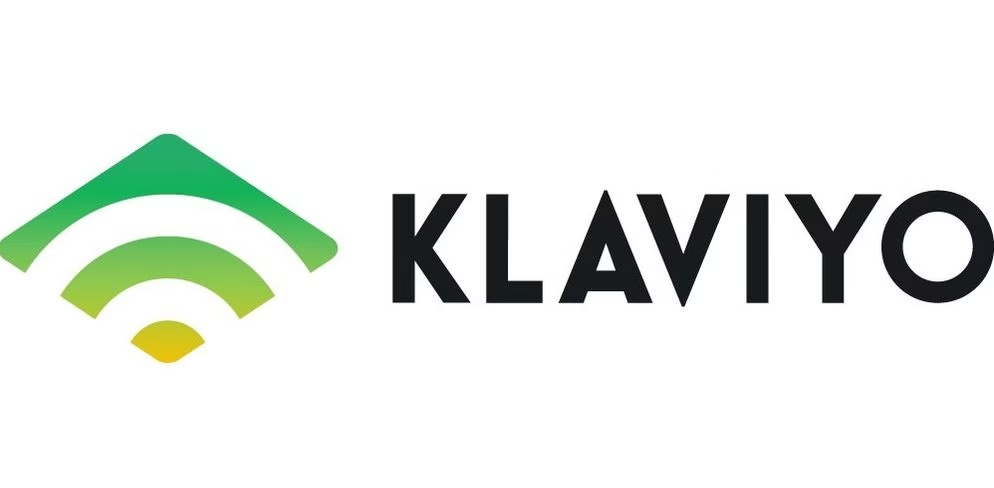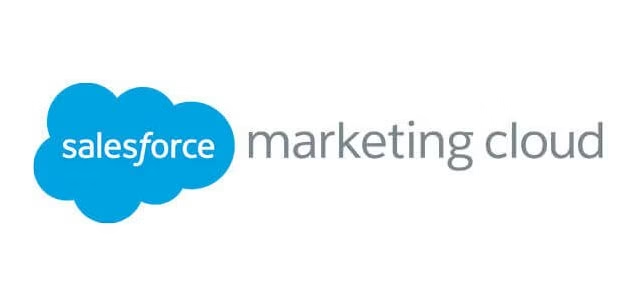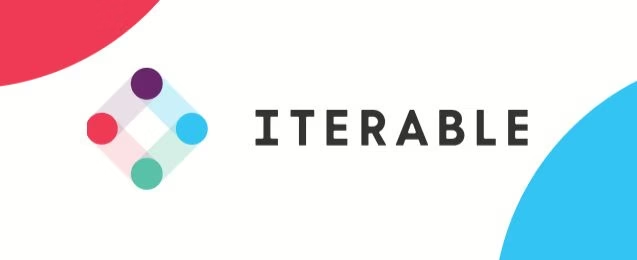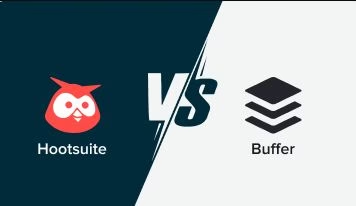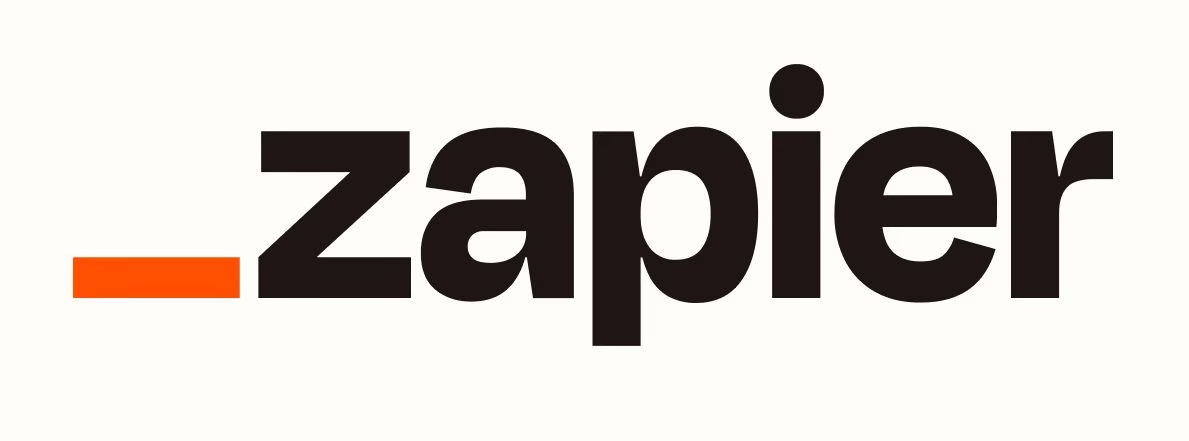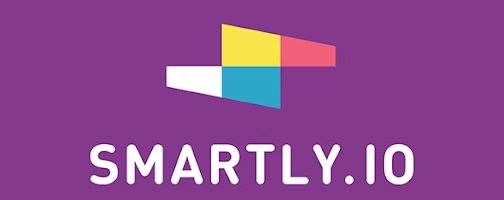12 AI Marketing Automation Tools That Save You Time
Time leaks everywhere in marketing. Drafting posts, moving data between tools, rebuilding the same journeys again and again.
Most teams don’t need more features. They need hours back, fewer clicks, and automations that keep working while the laptop is closed.
The goal here is practical. We’ll focus on AI marketing automation tools that shorten tasks you run weekly, show where the minutes disappear, and replace that busywork with reliable workflows.
You’ll see small-team picks as well as platforms for bigger stacks. Blaze Autopilot will appear as a lightweight option for hands-off content and posting, without turning the piece into a promo.
What you’re about to get
-
Clear breakdown of where time savings actually come from in marketing work
-
Shortlist of AI marketing automation tools mapped to common use cases
-
Realistic workflows you can copy, from solo creator to ecommerce to B2B
-
Notes on costs, lock-in risks, and when a tool is overkill
-
A fast “which tool when” guide for picking the right fit
What saving time in marketing really means
Marketing work isn’t just writing and posting. It’s the repetition that eats hours: copying data into reports, reshaping content for different channels, sending the same follow-ups, rebuilding email sequences.
AI tools show their value when they remove those bottlenecks. Instead of just generating text, the best ones automate processes that normally need constant attention.
The savings come from:
-
Content creation and scheduling: replacing blank-page stress with drafts, and queuing them automatically.
-
Customer journeys: building automated flows in minutes rather than hours.
-
Personalization and predictions: tailoring content and timing without manual testing.
-
Data handoffs: moving leads and updates between platforms with no human copy-paste.
-
Ad creative and optimization: generating variants, picking winners, and cutting media buying cycles down.
The point isn’t to add more dashboards. It’s to take the recurring 5–10 minute tasks off the list until you start seeing hours freed up each week.
AI marketing automation tools worth knowing
1. Blaze Autopilot
Blaze Autopilot is designed for small teams or solo operators who want a consistent flow of marketing content without spending hours every week planning, writing, and scheduling.
Once connected to your brand voice and accounts, it automatically creates posts, publishes them, and optimizes based on performance data.
What makes it different is the “hands-off” element. Instead of prompting it every time, you give it guidelines once, and it continues to generate campaigns while learning from your edits and results.
That saves time not just in content creation but also in iteration, because it adapts to what works best for your audience.
Time-saving features:
-
Runs campaigns without constant input after setup
-
Learns from edits and past performance to reduce manual optimization
-
Automates publishing across channels with minimal supervision
2. HubSpot AI (“Breeze”)
HubSpot AI integrates directly with its CRM, making it a strong choice for businesses already using the platform.
The AI assistant can generate content drafts, suggest improvements, and even forecast outcomes like lead conversion probabilities. That means less time spent testing and more time focusing on strategy.
The key benefit here is consolidation. Instead of jumping between tools for content, emails, and reporting, HubSpot AI keeps everything in one ecosystem.
For teams already working in HubSpot, this drastically cuts down task switching and redundant data entry.
Time-saving features:
-
Generates blog intros, emails, and landing page copy instantly
-
Predicts lead readiness, reducing wasted follow-ups
-
Consolidates marketing tasks within a single CRM environment
3. ActiveCampaign
ActiveCampaign uses an AI-powered automation builder that allows you to set goals and let the system design customer journeys.
Instead of manually dragging and connecting steps, you tell it the outcome you want, like converting free trials into paying customers, and it assembles the flow for you.
Another big win is predictive sending. The system learns when each subscriber is most likely to open emails, so you don’t have to keep testing send times manually.
This optimization, multiplied across thousands of sends, saves countless hours while improving results.
Time-saving features:
-
Goal-based journey builder that removes manual setup work
-
Predictive send-time optimization for higher efficiency
-
AI-driven scoring to prioritize follow-ups
4. Mailchimp
Mailchimp has been around for years, but its AI-backed features give smaller teams faster ways to launch campaigns.
The journey builder makes it easy to set up common sequences like welcome emails or abandoned cart reminders.
Pair that with send-time optimization, and you’re removing guesswork from everyday tasks.
The platform is also friendly to beginners. Instead of needing deep technical skills, you can get an automated campaign running quickly, which is critical for small businesses where time and expertise are limited.
Time-saving features:
-
Pre-built customer journey templates ready to launch
-
AI-powered optimization for best send times
-
Simplifies campaign setup for non-technical users
5. Klaviyo
Klaviyo focuses on ecommerce and uses predictive analytics to automate both messaging and timing.
For example, it can forecast when a customer is likely to make their next purchase, then trigger an email or SMS at the right moment without you lifting a finger.
It also personalizes recommendations by predicting which products a customer is most interested in.
This reduces the need for constant manual segmentation and campaign tweaking, which can easily consume hours each week in an ecommerce business.
Time-saving features:
-
Predicts next order dates to time campaigns automatically
-
Generates personalized product recommendations
-
Uses channel affinity to decide if email or SMS will perform better
6. Salesforce Marketing Cloud
Salesforce’s Marketing Cloud leverages its Einstein AI to automate personalization, segmentation, and send-time optimization at scale.
For businesses already using Salesforce CRM, this means less duplication of data and fewer manual imports or exports. Everything flows in real-time across sales, service, and marketing.
What really saves time is the predictive layer. Einstein automatically chooses the best content, subject lines, and timing for campaigns, eliminating the need for constant A/B testing.
That not only shortens setup cycles but also keeps performance improving without manual effort from your team.
Time-saving features:
-
Predictive send-time optimization across large contact lists
-
Automated subject line testing to reduce manual experiments
-
Real-time personalization linked directly with CRM data
7. Adobe Marketo Engage
Marketo Engage is built for B2B companies with long and complex sales cycles. Its AI engine scores leads and predicts which pieces of content are most likely to convert.
That takes the guesswork out of lead qualification and saves time for sales teams who would otherwise chase low-value leads.
Content selection is another time saver. Instead of manually deciding which emails or assets to send, Marketo uses data to recommend or automatically deliver the right content.
This cuts down on campaign planning hours and helps marketing move faster without losing precision.
Time-saving features:
-
Predictive lead scoring to prioritize high-quality prospects
-
AI-driven content selection for smarter campaigns
-
Cross-channel orchestration to reduce repetitive setup
8. Iterable
Iterable has positioned itself as a speed-first automation platform. With its AI suite, teams can draft customer journeys quickly using Journey Assist.
You input the campaign goal, and the system recommends the path, reducing setup work.
It also provides send-time optimization and content generation, which reduces the need for constant manual tweaking.
For teams running multiple lifecycle campaigns, like onboarding, upsell, and churn recovery, this means hours saved each week on segmentation and testing.
Time-saving features:
-
Journey Assist to build automated flows in minutes
-
Send-time optimization for each contact
-
AI-assisted content generation for emails and push notifications
9. Customer.io
Customer.io is a flexible automation platform popular with data-driven teams.
It allows marketers to build advanced, multi-channel workflows triggered by real-time events.
While it demands some technical setup, the visual workflow builder simplifies complex automation that would otherwise require engineering support.
Their roadmap includes an AI assistant to speed campaign setup even more.
For now, the main time savings come from the ability to trigger personalized messages across channels without managing multiple tools or writing custom scripts.
Time-saving features:
-
Visual workflow builder reduces engineering involvement
-
Multi-channel triggers handle email, SMS, and push in one place
-
Event-based automation keeps campaigns relevant without manual updates
10. Hootsuite + Buffer
For social media teams, Hootsuite and Buffer both integrate AI assistants to speed up content creation.
Hootsuite’s OwlyWriter AI generates captions, post ideas, and even suggests hashtags. Buffer’s AI helps draft and repurpose posts, so you don’t start from scratch each time.
What saves the most time is the direct integration with scheduling. Instead of creating drafts elsewhere, both tools let you generate and queue content in one step.
That reduces workflow friction and helps smaller teams maintain a consistent posting cadence without constant attention.
Time-saving features:
-
AI-assisted caption and post drafting directly inside the scheduler
-
Calendar view for faster publishing across platforms
-
Repurposing tools to reuse content without rewriting manually
11. Zapier
Zapier acts as the connective tissue between marketing tools. Instead of manually exporting data from one app and importing it into another, you can build “Zaps” that automate the handoffs.
For example, when a lead fills out a form, Zapier can push that data into your CRM, start an email sequence, update a spreadsheet, and alert your team in Slack, all without you touching a thing.
With the addition of AI features, Zapier now understands goals and can recommend workflows instead of forcing you to build them step by step.
For lean teams, this eliminates repetitive data management and keeps processes running in the background while you focus on strategy.
Time-saving features:
-
Automates repetitive cross-tool workflows without coding
-
AI-assisted Zap building reduces setup time
-
Keeps data synced across CRM, email, ads, and reporting tools
12. Smartly.io
Smartly.io focuses on paid advertising, especially for retail and ecommerce.
It automates creative production by generating ad variants in bulk, syncing product feeds, and launching campaigns across multiple platforms simultaneously.
This replaces hours of manual creative setup and ensures campaigns are refreshed more often.
The platform also includes automated optimization. Instead of manually testing creative or pausing underperformers, Smartly.io automatically shifts spend toward what’s working.
This shortens media buying cycles and ensures less wasted ad spend.
Time-saving features:
-
Bulk ad creative generation for social and retail channels
-
Automated performance optimization without constant monitoring
-
Direct feed integrations to update ads as products change
Choosing the right tool for your team
No single platform saves time everywhere. The best fit depends on your business size, tech stack, and channels.
Small teams and solo operators often benefit most from tools like Blaze Autopilot and Zapier, since these reduce the day-to-day grind of posting and data handling.
Ecommerce brands see the biggest gains with Klaviyo and Smartly.io, where predictive analytics and automated ads cut heavy campaign workloads.
Larger B2B companies usually lean on Salesforce or Marketo, which handle complex journeys at scale.
The key is stacking only what you need. Pick one core automation tool for your primary channel, then add connective or optimization tools where the bottlenecks still exist.
That way, you reclaim hours without drowning in dashboards or overlapping features.
Quick guide:
-
Solo/Small team → Blaze Autopilot + Zapier
-
Ecommerce → Klaviyo + Smartly.io
-
Social-heavy → Hootsuite/Buffer + Zapier
-
Enterprise/B2B → Salesforce or Marketo + Iterable
Comparison Table
ROI framing and pitfalls to watch out for
AI marketing automation tools promise speed, but the only way to justify them is by tracking the hours they give back.
A good rule of thumb is to measure how long a task usually takes you each week, like building an email campaign, segmenting lists, or scheduling posts, then compare that to the reduced time with automation.
If you save three hours per week on content scheduling, that’s 12 hours a month. Multiply by your hourly value, and you’ll see the return more clearly.
Predictive tools like Klaviyo or ActiveCampaign often increase revenue at the same time, since better timing leads to higher conversions.
Social-focused tools like Blaze Autopilot, Buffer, and Hootsuite mostly save hours of repetitive work.
Enterprise tools such as Salesforce and Marketo do both: free up staff time and improve targeting.
The payoff is faster campaigns with less manual oversight, which adds up quickly over months.
How to measure ROI simply:
-
Track campaign setup time before vs. after automation
-
Record open rates or conversion lifts from AI optimizations
-
Factor in reduced labor costs or hours reallocated to strategy
-
Use revenue per contact/customer as a benchmark for predictive tools
Common pitfalls to avoid
Not every tool is a win. Some scale pricing based on contacts or messages, which means costs rise faster than expected.
Mailchimp and enterprise suites are notorious for this. Others, like Customer.io, demand technical setup, so while they’re powerful, they can eat more time upfront if your team isn’t technical.
Another risk is over-automation. Leaving everything on autopilot without review can drift your tone or strategy off-brand.
Blaze Autopilot and similar platforms still benefit from occasional calibration, so you don’t end up with content that misses the mark.
Finally, feature overlap is a hidden time waster; stacking too many tools creates more dashboards and reports to check, which cancels out the hours you were trying to save.
Pitfalls checklist:
-
Watch for pricing models that scale too aggressively with growth
-
Avoid overlapping tools that duplicate workflows
-
Don’t rely on AI drafts without light editing for brand alignment
-
Set periodic reviews even for “autopilot” tools
Pulling it all together
AI marketing automation tools aren’t just shiny add-ons anymore; they’re the systems that give you hours back each week.
The right stack means fewer repetitive clicks, more consistent campaigns, and smarter use of your time.
For lean teams, Blaze Autopilot stands out because it keeps posting and optimizing with almost no ongoing prompts.
When paired with a connector like Zapier, it takes entire workflows off your plate.
E-commerce brands gain speed through Klaviyo’s predictive flows and Smartly.io’s ad automation, while B2B teams often lean on Marketo or Salesforce to cut down on manual scoring and personalization.
The key is being intentional: track where you’re currently losing the most hours, then plug in tools that specifically target those gaps.
That way, automation doesn’t add noise; it removes friction and lets you focus on strategy instead of busywork.

